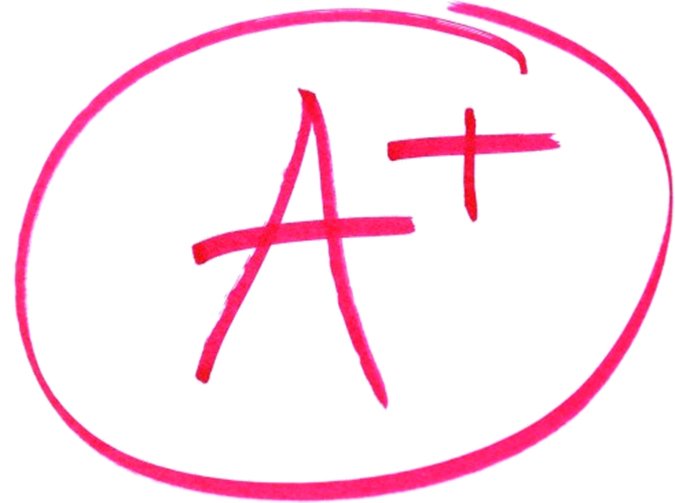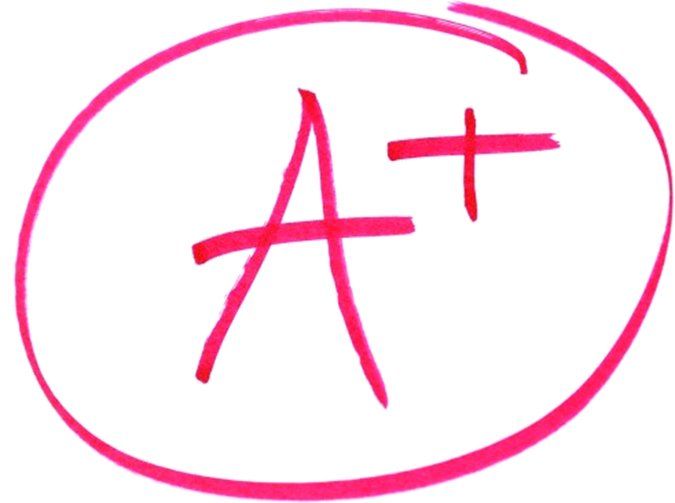Self-evaluation can be an important component of a pilot’s ongoing training and currency efforts. If we don’t know how well we did on a given flight, how will we know what to practice on the next one? How will we know how well we’ll shoot an ILS when it counts if we can’t manage one in severe clear on a nice day? Presuming you, like me, always want to fly with the fewest mistakes, some kind of self-evaluation is both necessary and appropriate. How you go about it is key.

In one form or another, I’ve been “grading” myself on each flight for several years. Before the flight—no matter its planned duration—I always try to think for a moment before launching about what I want to achieve. There’s the mission, of course, but there’s also the details in the plan. Which route will I take to the runway? In which direction will I depart? Climbing to what altitude? What airspace or ATC considerations will I experience? What’s the weather? What about the en route and approach phases? What standards do I want to meet? There’s always something to consider and plan for, and compare to the outcome, even if it’s just a hop to warm up the engine oil.
You don’t need to develop a formal method, but there does need to be some reality and honesty injected into the process. There also need to be some standards—how else can you grade yourself without something to measure? An example might be found in the practical test or airmen certification standards (see the article beginning on page 8 for a discussion of the differences), which include minimum performance metrics pilots should be able to meet on a checkride. The idea, of course, is that we can meet or exceed checkride standards on any given day.
Generally, maintaining 100 feet in altitude and 10 degrees of heading is a reasonable goal, especially for new pilots. Once an instrument rating or advanced certificates are earned, those standards could be tightened up a bit even as we add, perhaps, no more than two dots high and one dot low on an ILS. My personal goals are 50 feet and five degrees, and one dot high/no dots low, standards I often meet (but perhaps not for an entire cross-country flight or a slam-dunk ILS in gusty conditions). And depending on your autopilot is cheating—you regularly should be able to fly by hand with this kind of accuracy.
Altitude and heading are certainly important to grading our performance, but other, less-tangible things are too. For example, obtaining the ATIS at the destination and reciting its current iteration in an initial call-up without having to be asked. Making a request of ATC with all the necessary information, so the response is “approved as requested.” Reading back a complicated clearance correctly the first time, quicker than it was delivered. Based on what other aircraft are being asked to do, having the next frequency dialed in before the handoff is given. Things like that.
It’s rare that I can put the airplane away and think to myself, “That was a perfect flight,” but it does happen.




